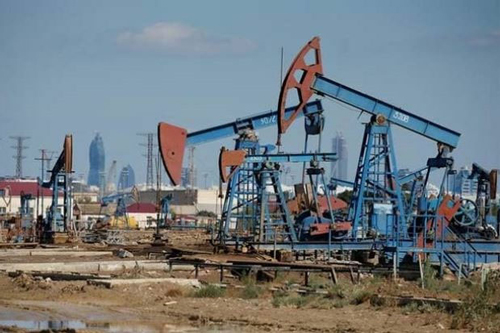New York
Oil-price turmoil gripped markets once more Tuesday, a day after US crude futures crashed below zero for the first time as the coronavirus crisis crippled global energy demand and worsened a supply glut.
The commodity rout also sent world equity markets spiraling lower, as investors fretted it could compound an expected deep global economic downturn.
The benchmark WTI price collapsed Monday to an unprecedented low of minus $40.32. Negative prices mean traders must pay to find buyers to take physical possession of the oil—a job made difficult with the world’s storage capacity at bursting point. A day after its historic slide into negative territory amid a supply glut, US oil futures finished in positive territory.
But the market remained under heavy pressure due to the oversupply as coronavirus shutdowns constrain global growth.
Storage is a particularly big problem in the US where WTI oil is delivered at a single, inland point. In Europe, where Brent is the benchmark, there are several delivery sites and their proximity to the sea allows some of it to be stored on tankers. “Players are now paying buyers to take oil volumes away as the physical storage limit will be reached. And they are paying top dollar,” said Rystad Energy analyst Louise Dickson.
This week’s massive sell-off came just ahead of Tuesday’s expiration of the May contract. Most trading has now moved to the June contract, and May WTI was back in positive territory by the close of New York trading. Oil markets have been ravaged this year after the pandemic was compounded by a price war between Saudi Arabia and Russia.—AFP










